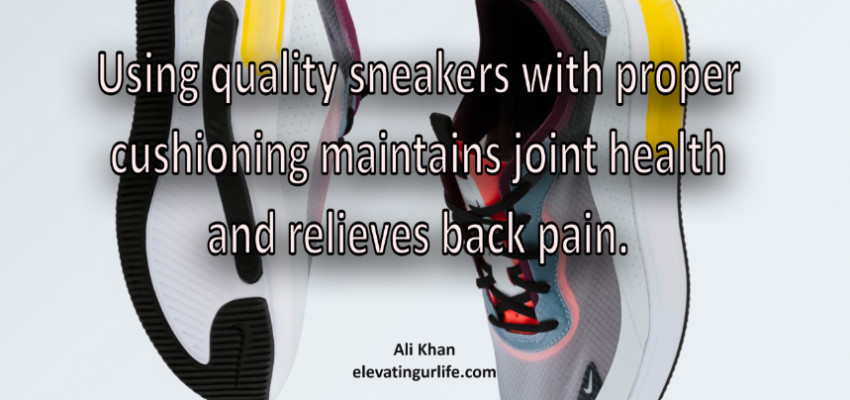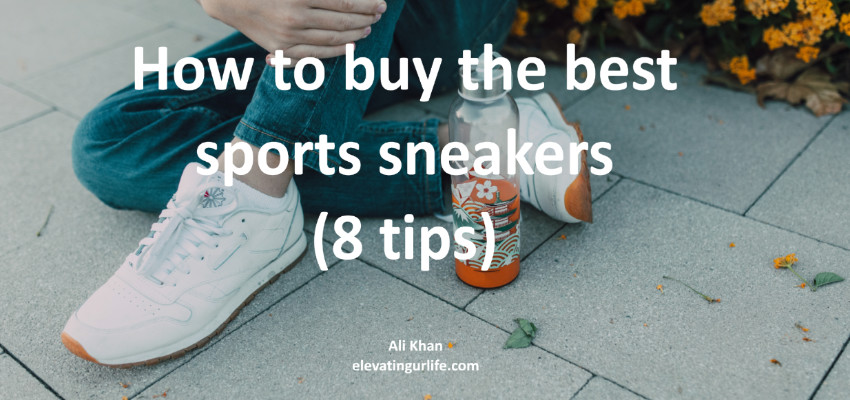When choosing the best sports sneakers, consider the following factors.
Disclaimer: This post may contain affiliate links which may generate a small commission from clicks leading to purchases at no extra cost to you.
1. Comfort
Make sure the shoes fit well and have adequate support, cushioning and arch support.
2. Material
Choose shoes made from breathable materials, such as leather or mesh, to keep your feet cool and dry.
3. Durability
Look for shoes with a sturdy construction and quality materials that will hold up to daily wear and tear.
4. Style
Select shoes that fit your personal style and match your casual wardrobe.
5. Fit
Try on shoes and walk around to ensure a comfortable fit and proper support.

6. Traction
Choose shoes with a good grip, especially if you’ll be walking on slippery surfaces.
7. Versatility
Consider shoes that can be worn with a variety of outfits and can be dressed up or down.
8. Price
Set a budget and choose shoes that offer good value for money and fit your needs.
Check out these: White bulky men sneakers
If you like flat sneakers(for men), check this(click here)
For best sports sneakers for women, check out these:
Skechers Sport Women’s Premium Sneaker
Harms of wearing wrong shoes:
Wearing incorrect or poorly-fitting shoes can cause a number of health problems, including:
Foot pain
Shoes that are too tight, too loose, or do not provide adequate support can lead to foot pain, blisters, and calluses.
Posture problems
Wearing shoes with poor arch support or a high heel can lead to posture problems, such as back pain and neck pain.
Joint pain
Wearing shoes with a lack of support can lead to joint pain, particularly in the knees and hips.
Balance problems
Shoes with slippery soles or poor traction can increase the risk of falls and balance problems.
Foot conditions
Wearing shoes that are too tight or narrow can lead to foot conditions, such as hammertoes, corns, and ingrown toenails.
Shin splints
Shoes with poor shock absorption can lead to shin splints, a common injury among runners and athletes.
Plantar fasciitis
Shoes with inadequate arch support can lead to plantar fasciitis, a common foot condition causing heel pain.
Conclusion
It is important to choose shoes that fit well, provide adequate support and comfort, and are appropriate for the activity you will be performing.
Related topics:
How to Buy the best study lamp(9 Tips)
8 Amazing Benefits of Online Shopping
Basic Exercise Equipment for home
Dr. Ali Khan, a medical professional and writer, brings a unique combination of skills and expertise. With a great knowledge in the medical industry and a passion for writing, Ali Khan offers a fresh perspective on Self Help topics. Whether providing expert medical care or sharing insights through writing, Ali Khan is dedicated to making a positive impact in the lives of others. His work reflects commitment to excellence and a deep understanding of the healthcare industry and self help content writing.
Email: dralikhan5035031@gmail.com
